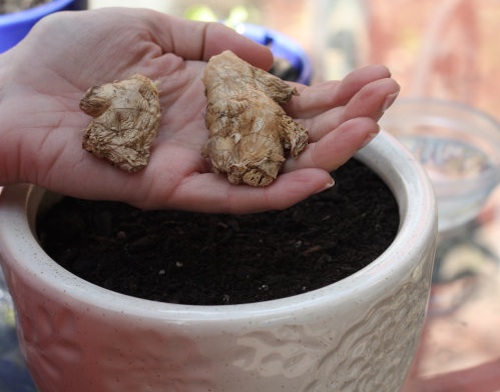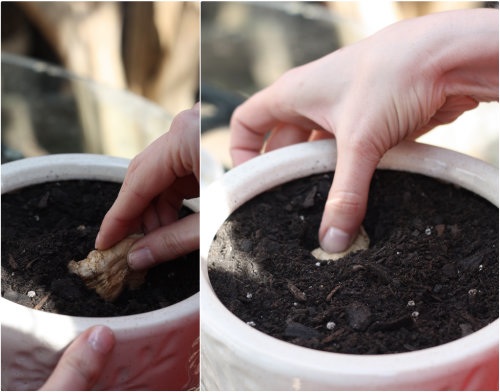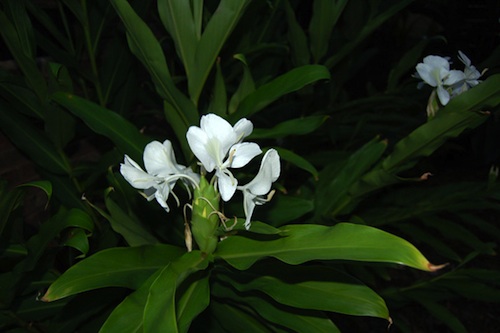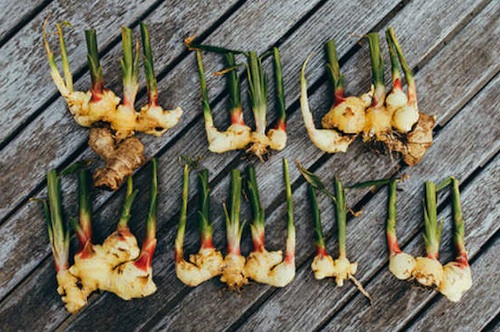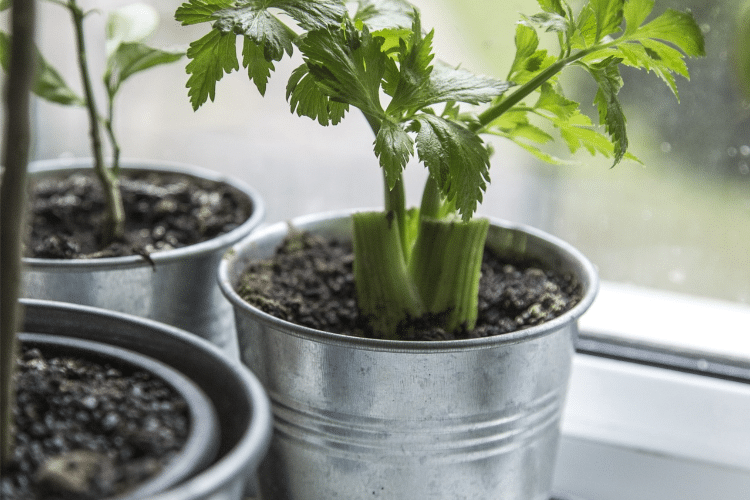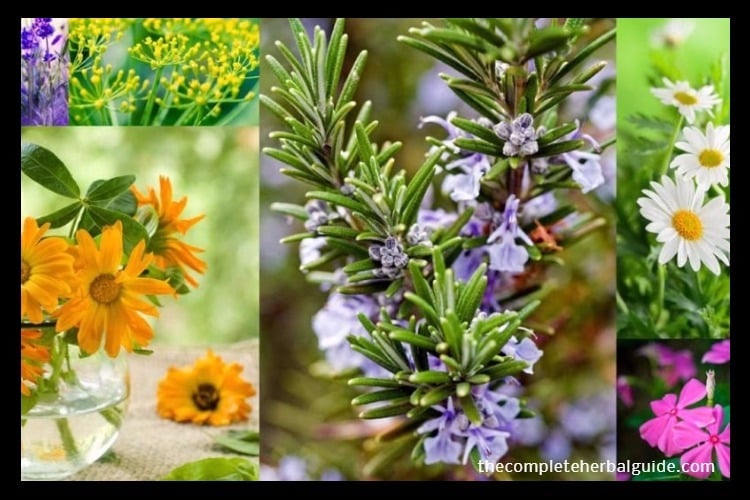
Everything About Ginger Root and How To Grow Ginger At Home
Growing ginger in a garden is not only therapeutic but also beneficial because of the anticancer potential of ginger. It is well documented that gingers functional ingredients like gingerols, shogaol, and paradols are valuable ingredients that can prevent various cancers. Have you ever grown ginger? Care to give it a go? Just pick up a root from your grocery store’s produce section and get growing!
Table of Contents
Ginger Plant: How To Pick A Ginger Root To Plant
You’ll want to choose a root that’s fresh and firm with as many “fingers” as possible. To get as many plants as you can, cut or break the fingers off the main root. Each section with a growing tip will become a plant. Be sure to allow any cut surfaces to dry before planting them in moist soil.
Planting Ginger Root In A Pot:
- Simply pick a pot that’s at least twice the diameter of the length of your root section.
- Fill pot ¾ full with standard potting soil.
- Place the small root sections on the soil surface.
- Simply lay the ginger root on the top of the potting soil to “plant” it.
- Because ginger root tubers grow right near the soil surface, don’t bury them.
Growing Tips For Ginger Root In A Pot:
- Water it well.
- Your plant will survive dry spells, but to get the most consistent growth, keep it damp at all times.
- Place your ginger pot in a spot where it’ll stay warm.
- There’s no need to find a sunny spot on your windowsill. At this stage, your ginger actually grows better without direct sunshine.
- Before you know it, you’ll see sprouts.

Transplanting Ginger Root To Your Garden:
- Start the ginger inside in late winter, that one root can produce four times that amount by fall.
- Because ginger root tubers grow right near the soil surface, don’t bury them when you transplant them to your garden.
- Transplanting it in your garden in late spring, once the weather’s warming.
- When moving your ginger to your garden, choose a spot with rich, loose soil, and be sure to water it regularly.
Harvesting Your Ginger Root:
With proper care, your ginger can reach 2-4 feet tall. It’ll have narrow, glossy, green leaves that can be up to a foot long. Ginger roots can be harvested at any time, but you should let the plant grow for at least three to four months before harvesting. You’ll be able to see the ginger roots growing near the surface of the soil.
- Studies say ginger’s peak flavor arrives at 265 days.
- Get this long growing season by starting your ginger indoors as a houseplant early in the year and then
- Ginger plant may produce yellowish flowers at the base of each stem.
- Pull the roots from the ground and allow them to dry in the open air before removing the stalks and harvesting.
- To harvest them, just trim off small sections whenever you need them, while the rest of the plant continues to grow.
- The new roots that grow from the starter root will have the best flavor and texture.
- The old starter root should be tossed out at the end of the season.
Breast Cancer-Related Effects of Eating Ginger:
Ginger is recommended for breast cancer because it has been found to significantly inhibit mammary tumorigenesis and tumor growth in laboratory mice when fed in drinking water. Ginger components 6-Shogaol and [6]-gingerol have been shown to inhibit cell adhesion, invasion, and motility in both hormone receptor-positive (ER+/PR+) and triple negative (ER-/PR-/HER2-) human breast cancer cells in the laboratory.
According to Natural News, researchers exposed breast cancer cells in the laboratory to a crude extract of ginger (Zingiber officinale). They found that ginger exhibited a highly prized anti-cancer trait known as selective cytotoxicity: it inhibited the reproduction of cancer cells while leaving healthy cells largely unaffected.
More specifically, ginger appeared to positively modulate a large number of molecular anti-cancer mechanisms, including induction of programmed cell death (apoptosis), up-regulation of the apoptosis gene Bax, down-regulation of numerous cancer-associated genes and proteins, increased expression of cancer-fighting proteins and inhibition of cancer-associated enzymes. Although the researchers were not able to explain these molecular effects, the evidence in their favor was striking.
“Ginger may be a promising candidate for the treatment of breast carcinomas,” the researchers concluded.
Cautions:
On the other hand, ginger should be avoided during radiation treatment since it has been shown to help protect cells against the cytotoxic effects of radiation.
Ginger has been found to be effective in treating chemotherapy-induced nausea and vomiting, although not all studies agree. The key appears to be to take the ginger before undergoing chemotherapy treatment as well as afterward. However, it has not been determined whether this reduction in gastrointestinal symptoms is accompanied by a reduction in the effectiveness of chemotherapy. Until more research establishes the safety of using ginger during chemotherapy, we do not recommend it.


